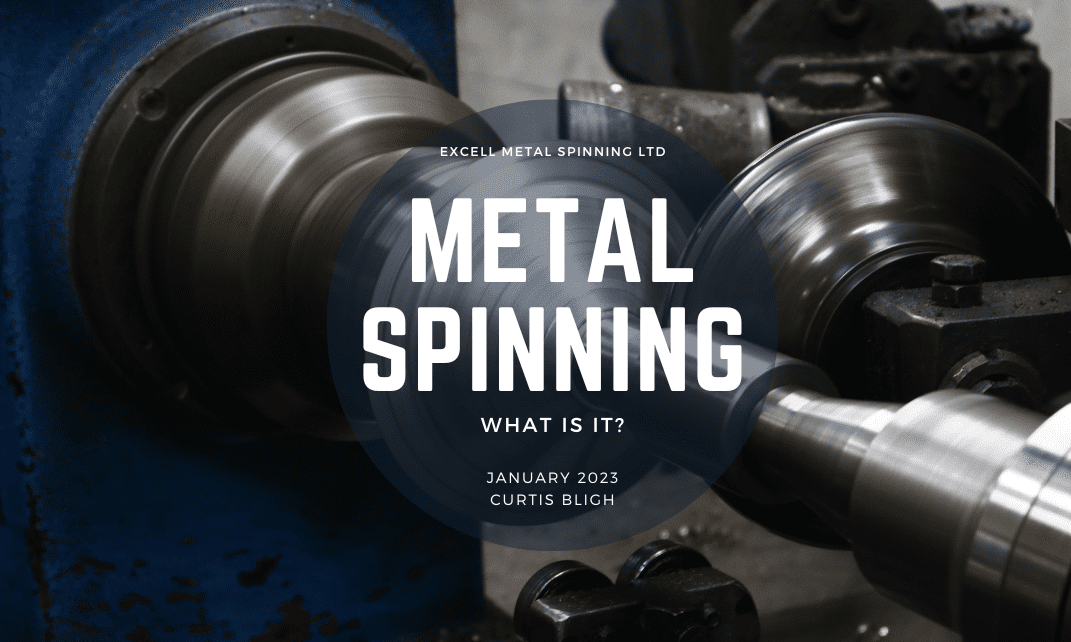What is the metal spinning process?

Curtis Bligh
- 4 Min Read
Metal spinning, also known as spin forming or spinning, is a metalworking process in which a disc or tube of metal is rotated at high speed and formed into an axially symmetric part using a tool or die. The process is similar to woodturning or pottery wheel throwing, but with metal instead of wood or clay. Metal spinning is a versatile and cost-effective method of fabricating parts with circular or cylindrical symmetry, such as cylinders, cones, and hemispheres. It is often used to create parts with thin walls and complex geometries, such as fuel tanks, pressure vessels, and aerospace components.
The process begins with a flat sheet or ring of metal, which is placed over a mandrel or chuck and clamped in place. A spinning tool, which can be either a hand tool or a lathe, is then used to apply pressure to the metal and shape it into the desired form. The spinning tool is typically made of a hard material such as carbide or diamond, and is shaped to match the contours of the final product. As the metal is spun, it is gradually shaped and stretched until it conforms to the desired shape.
There are several benefits to using metal spinning for fabrication. One of the main advantages is the ability to create parts with complex geometries and thin walls, which would be difficult or impossible to achieve using other metalworking processes. Metal spinning is also a fast and efficient process, as it can produce parts in a single operation with minimal waste. In addition, the process is highly accurate and produces parts with consistent thickness and a smooth finish.
There are several types of metal spinning, including manual spinning, lathe spinning, and hydroforming. Let’s take a look at some of them below;
Manual Metal Spinning
Manual spinning is a traditional method that involves shaping the metal by hand using a spinning tool. The process dates back to ancient times and has been used to create a wide variety of metal objects, including pots, pans, and decorative objects. Today, manual metal spinning is still used for a variety of applications, including the production of custom-made metal parts for a variety of industries.
CNC Metal Spinning
CNC spinning is a more automated process that uses a lathe to spin the metal and a spinning tool to shape it. One of the main benefits of CNC metal spinning is its ability to produce parts with a high level of accuracy and repeatability. The computer-controlled process ensures that each part is made to the same exact specifications, reducing the risk of defects and improving the overall quality of the finished product.
Hydroforming
Hydroforming is a specialized type of metal spinning that uses high-pressure fluid to shape the metal. One of the main benefits of hydroforming is that it allows manufacturers to create complex shapes and designs that would be difficult or impossible to achieve using traditional metalworking techniques. The process is also highly efficient and can produce products with a high degree of accuracy and repeatability.
Overall, metal spinning is a valuable tool for fabricating parts with circular or cylindrical symmetry. It is a versatile, cost-effective, and efficient method that produces parts with complex geometries and a smooth finish.
Related Articles

Boosting British Manufacturing: A £360 Million Investment
Boosting British Manufacturing: A £360 Million Investment Facebook Twitter LinkedIn WhatsApp Email It’s been declared ahead of the Budget that Chancellor Jeremy Hunt will announce

Design Considerations for Metal Spinning Success: Part One
There are many design considerations businesses should considers to get the most out of their metal spinning supply. Read Part One here

The Importance of Innovation in UK Manufacturing
Manufacturing plays a pivotal role within the UK, shaping society and innovating like no other. It is the most productive sector in the UK

